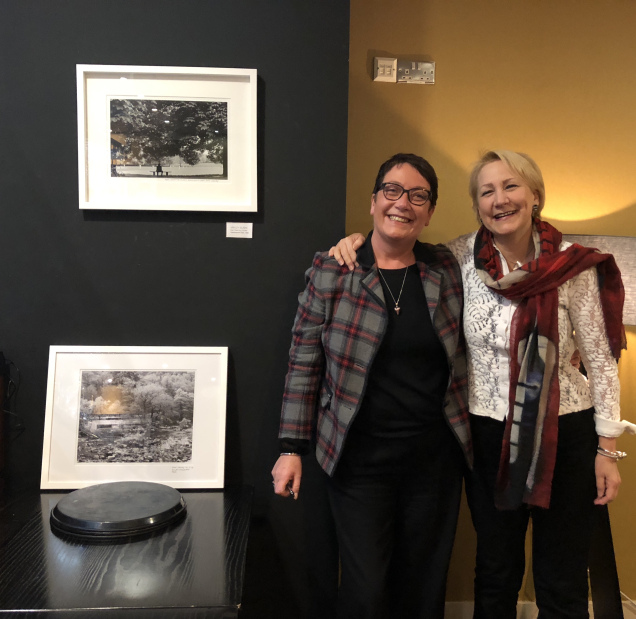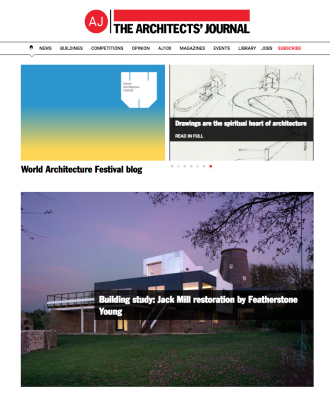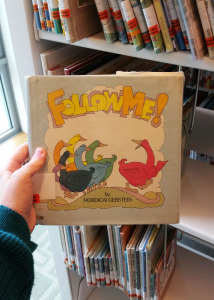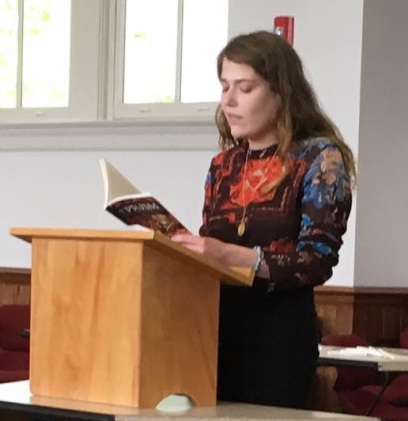
This is a summary of the study focused on the market. This overview will see useful to reflect on my understanding of the market and, in terms of my practice, will be a point of recall when I achieve future commissions.
I have worked in previous roles with ‘integrated’ agencies, those who design web sites, deliver events and create marketing strategies, all requiring imagery, often lens based. These have been smaller agencies that are often led by multi-functioning people who do not have the title ‘creative director’ or ‘art buyer’ it is thus important that I learn to look out for those people in future and network with them to engage with the possibility of purchase or commissioning of my work. Presently my practice requires simple operations at a location after considerable investment of time and planning in gaining access to buildings that are empty; the idea of a ‘production’ requiring assistants, client teams and lighting rigs would best be addressed by my negotiating an observing or assisting role, to feel my way into that level of working.
By way of example, the Oliver group provides in-house agency functions which, according to its recent report commissioned with The Incorporated Society of British Advertisers and Future Thinking, 33% of brands have in-house agencies and this agencies create 12% of their visual content in-house.
In terms of gauging the imagery market in the advertising world, Pfab, in the learning material, quotes Pritchard who suggests reading trade and press blogs, paying attention to winning entires to commercial photographic completions, communication agency web sites, photographers own websites and the Association of Photographers (AoP).
Editorial commissioning from magazines and newspapers will commission photographers for specific articles. In my experience from talking to people in the press and media, this is rare and usually focuses on planned articles; conversely almost any imagery that is used in news articles are from the reporter’s smart phones and cameras or just as often video and image footage taken from social media sources.

 Figures 2, 3
Figures 2, 3
Of the 8,000 magazines published in the UK there are three categories; consumer, trade and special interest. Almost invariably these titles duplicate print with on-line presence Figure 2, 3 shows the two versions to the Architect’s Journal, a weekly trade magazine on-line and paper version respectively.
Pfab emphases the need to create a practice portfolio showing a mix of editorial, commercial and personal work.
Numerous business will commission or buy photography directly, thus bypassing an agency. These include architects and property developers and this begging to feel specific to my practice positioning. I will be planning a zine in the new year (2018) and if that is successful that will be my means to promote the practice and business into the year. Pfab notes that magazines will commission, sources from photo libraries and occasionally accept submissions.
Pritchard, in quoting Trow from Vogue, expects photographers to “interpret a brief beautifully” that “fits our style” evoking a particular and ambitious expectation.
Other sources of work include on-line catalogues which are an absolutely essential part of what Andy Street the ex-managing director of the John Lewis Partnership (JLP) called “bricks and clicks”, the latter referring to the 33% of sales achieved on-line. Without enticing and accurate imagery on-line, in the style of JLP this number would dwindle.
The list is completed with PR companies, music publishers, book publishers and the public at large. The latter has, to date, been my source for sales – see figure 1, private client who received a print on 16th November 2017, photo; Philip Singleton.
REFERENCES
Pritchard, L, 2001, Setting Up A Successful Photography Business, Bloomsbury, p. 18
https://www.architectsjournal.co.uk/ accessed 17.11.2017
http://internetretailing.net/2016/03/john-lewis-sees-fast-growth-online-and-via-mobile-but-waitrose-ecommerce-sales-are-down/accessed 17.11.2017
Advertisements Share this:




